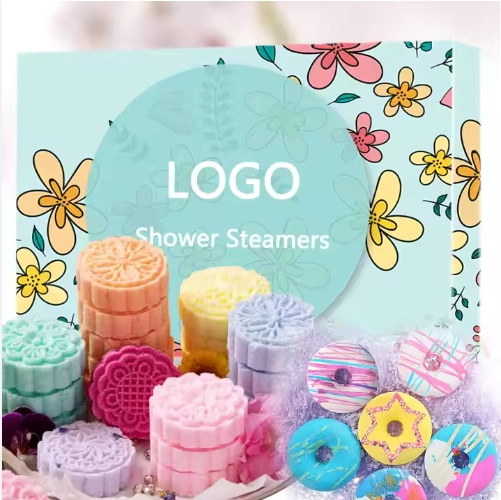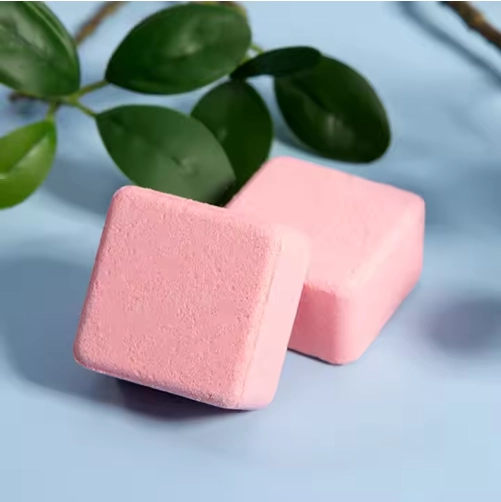What is a Bath Bomb?
A bath bomb or bath fizzy is a consumer product used during bathing. It was invented and patented in 1989 by Mo Constantine, co-founder of Lush Cosmetics. A bath bomb is a compacted mixture of wet and dry ingredients moulded into several shapes and then dried. Bath water effervesces at the surface of a bath bomb immersed within it, with attendant dispersion of such ingredients as essential oil, moisturizer, scent, or colourant.
Ingredients Inside Bath Bombs
There are many varieties of bath bombs, but they all have some basic ingredients that make them fizzy and last during bathtime. Let’s discuss the main ingredients in bath bombs.
- Epsom salt (also known as magnesium sulfate) is probably something you’ve heard of – it’s composed of sulfur, magnesium, and oxygen.
- Uses: For hundreds of years, it’s been used to treat insomnia, fatigue, muscle pain, and fibromyalgia, but it’s important to note that these benefits haven’t been really researched as a treatment.
- While some people do drink it (not recommended), most people use epsom salt soaks as a way to manage stiffness, muscle pain, and swelling
- Sodium bicarbonate is a combination of citric acid and baking soda. When citric acid and baking soda are introduced into the bath water, they give the bath bombs a fizzy consistency.
- Uses: When these ingredients hit the water (through amazing chemical reactions), carbon dioxide gas is released, which forms bubbles in the water, eventually giving you that delightful fizzy feeling.
- Cornstarch is another ingredient that you’ll likely see listed on the label of your bath bombs, and it serves a very important purpose.
- Uses: to slow down the chemical reactions so that the fizz (carbon dioxide – a gas) lasts longer.

What Happens If A Baby Eats A Bath Bomb?
If you accidentally eat a bath bomb, you may experience irritation of the gastrointestinal tract, nausea, vomiting, and diarrhoea.
This is because it contains sodium bicarbonate and citric acid, which can cause a chemical reaction in your stomach and produce carbon dioxide gas.
Sodium bicarbonate can also cause dehydration and electrolyte imbalance if consumed in large amounts.
Citric acid can also cause oral irritation or sensitive teeth due to acid erosion.
It is quite uncommon to eat a bath bomb due to its unpleasant taste and texture.
However, some bath bombs may look like food items, such as cupcakes or doughnuts, which can attract curious children or pets.
You can call the poison control centre at 1 (800) 222-1222 if you or someone else has eaten a bath bomb and is experiencing symptoms.
They can advise you on how to treat the situation and when to seek medical attention.
To avoid accidentally eating bath bombs, store them in a safe place away from children and pets.
You should also label them clearly as bath products and not food.
You should also supervise young children when they are using bath bombs in the bath.
Send Inquiry





